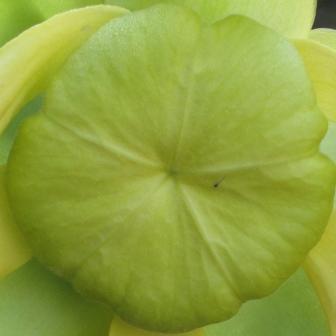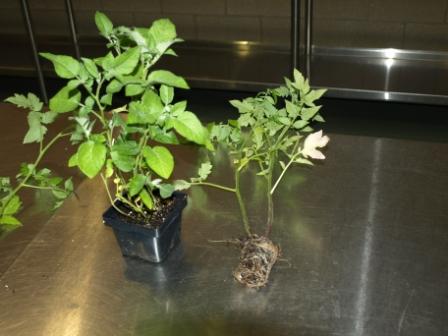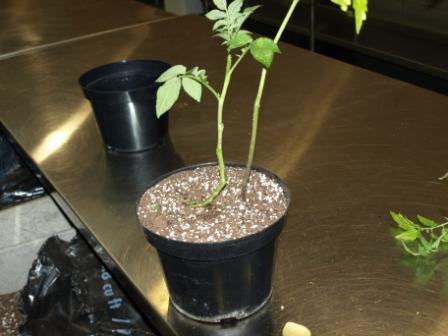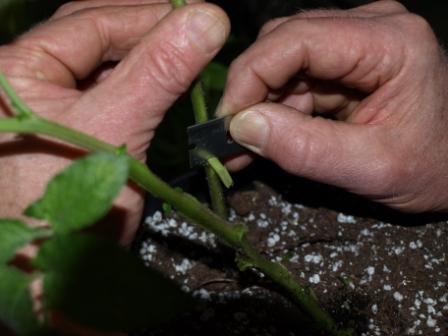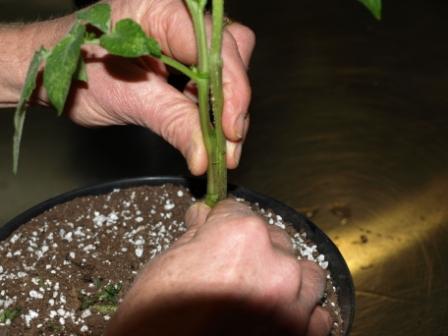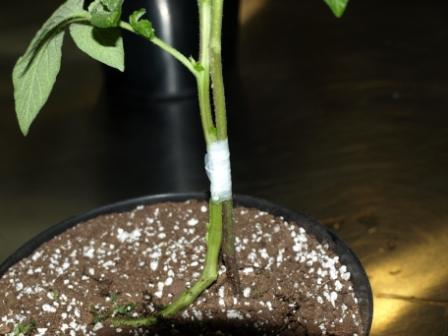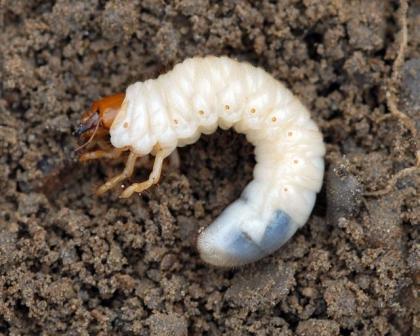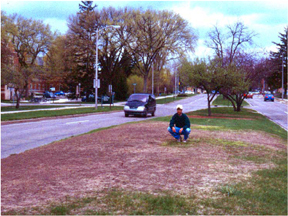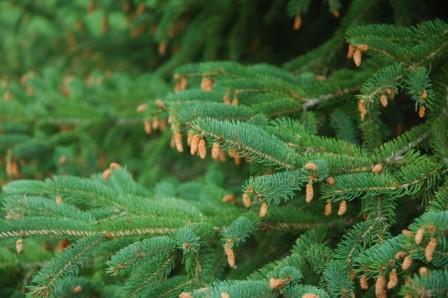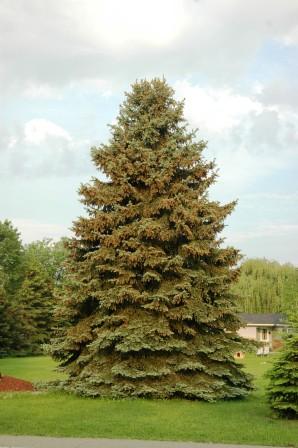It’s been suggested, not unfairly, that the Garden Professors are sometimes a little ‘Tree-Centric’. As a forester and tree physiologist by training, I’m probably the guiltiest among my co-conspirators on that count. But occasionally I do notice things less than 10’ tall and lacking a single, woody trunk.
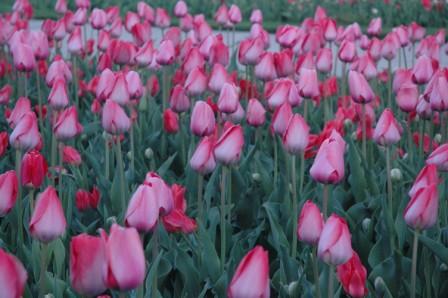
When weather permits I like to take my lunch down to the MSU annual trial gardens behind my office here at the Plant and Soil Science Building. Every summer the annual gardens are awash with the color of impatiens, geraniums, petunias, and other annuals. This time of year, however, it’s bulbs that steal the show. This spring there was a display of bright pink tulips that was especially striking. Wandering by the beds recently I noticed a tag in one corner; ‘Susan Komen mix’. For those that aren’t aware, Susan Komen lost a long, brave battle with breast cancer in 1980. The foundation founded by her sister, Susan G. Komen for the Cure, is the leading advocacy and fundraising group for breast cancer awareness and research in the US. Komen for the Cure also provides services and advocates for our country’s two and half million breast cancer survivors.
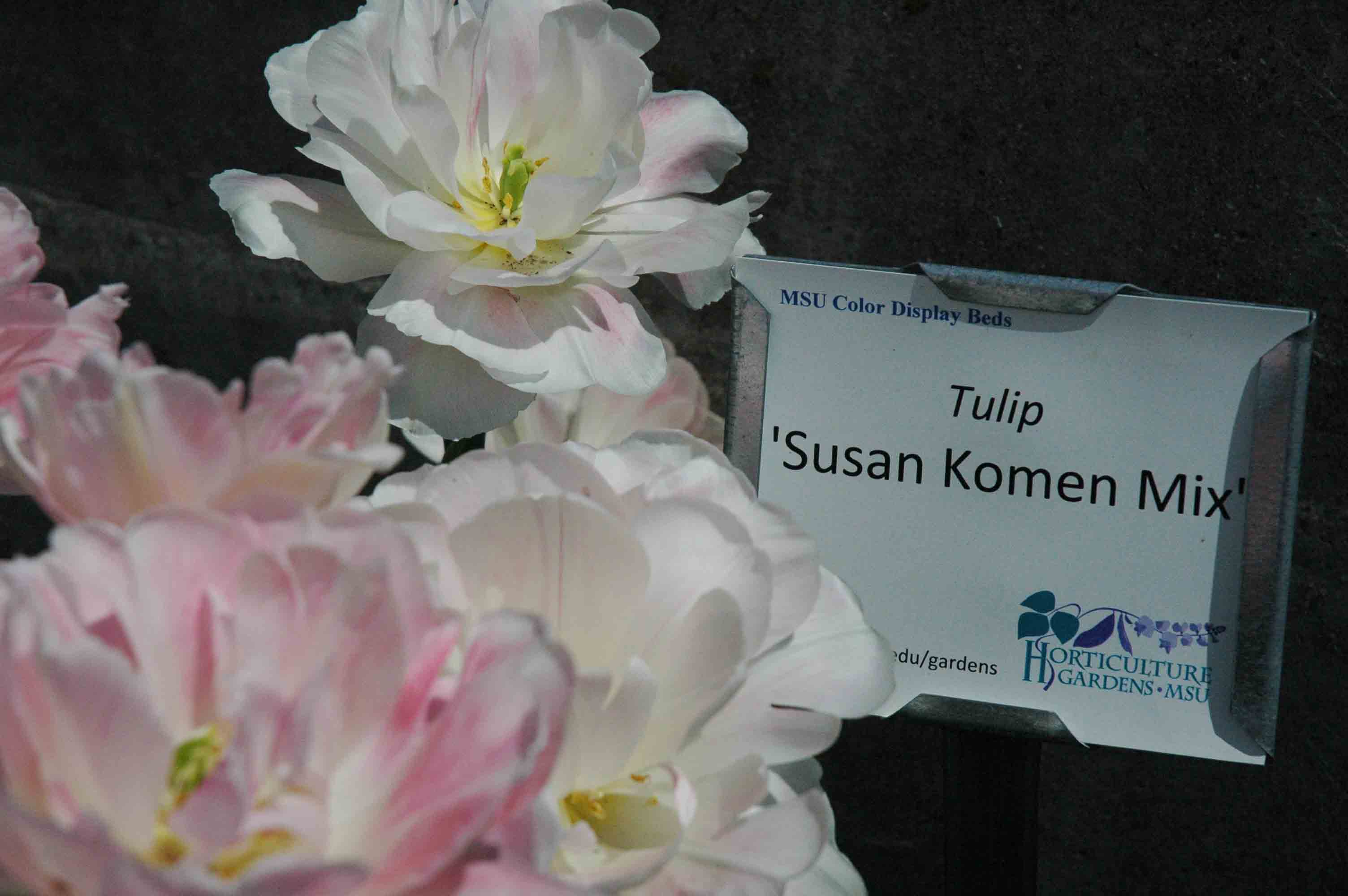
In many ways, tulips are a fitting symbol for breast cancer survivors and the brilliant pink show made me think of a cancer survivor I know, my college girlfriend, Lisa. I remember learning about her cancer nearly two years ago. We had followed our own paths after our undergrad days and contact was sporadic as we each set out on careers and started families. I missed her at our 30th high school reunion but found her number in the reunion directory and rang her up. The words hit like a punch in the stomach, “I underwent breast cancer surgery and treatment this past winter.” I was stunned but in the next instant knew her trademark grace and humor were still intact. “Yeah, when the reunion notice came out I had just lost both my boobs and all my hair. Ya know, I just wasn’t up for all the ‘Hi, how are ya’s?’” Today, Lisa remains cancer-free though after-effects of radiation treatments linger. Through the wonder of Facebook we now keep up on each other’s awesome and talented kids. She’s looking forward to two year’s cancer-free in July and then the all-important 5-year mark beyond that.
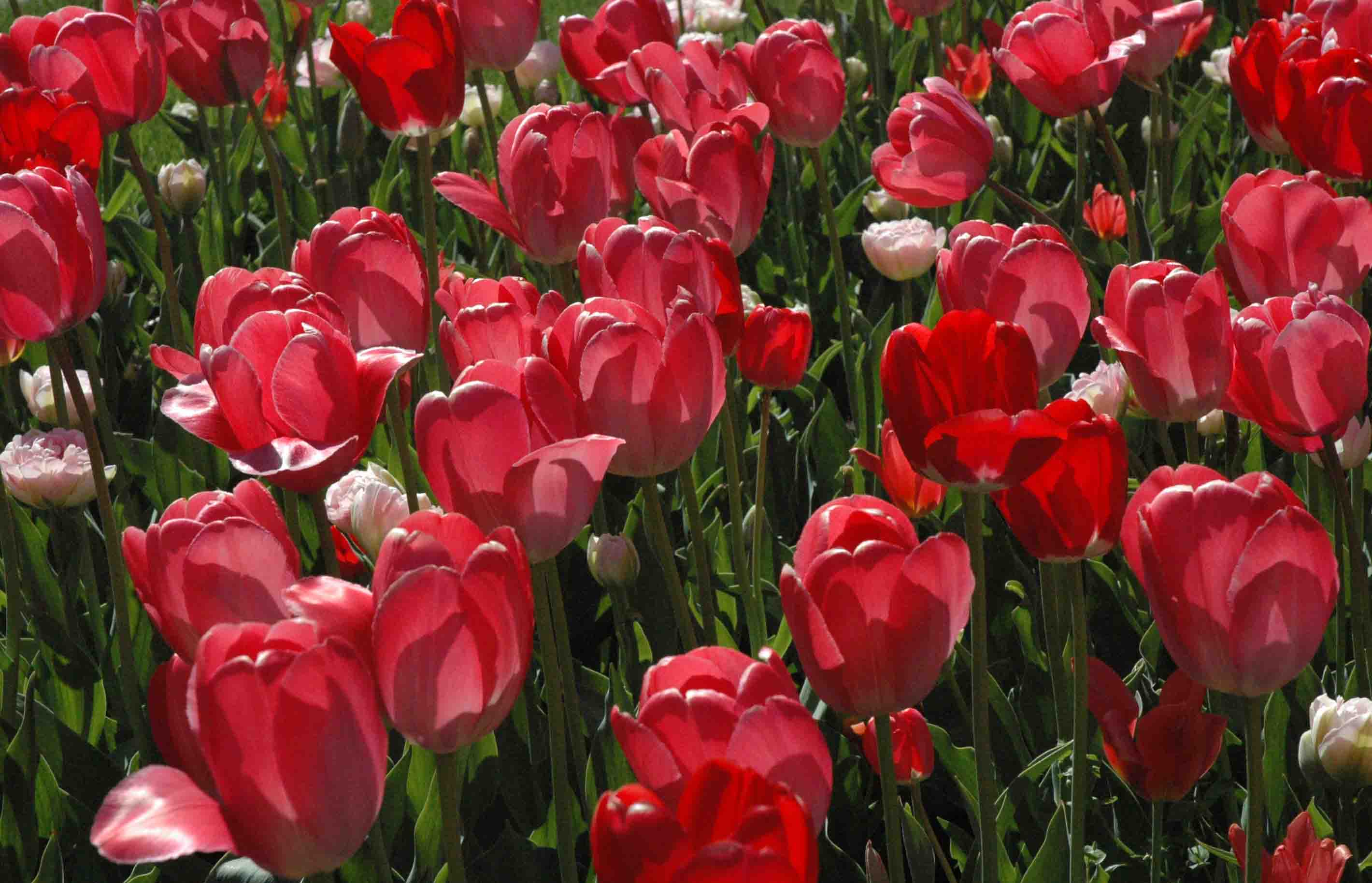
So, what does all this have to with landscape horticulture? My friend and colleague Art Cameron concluded a talk at our Master Gardener College last Saturday with a quote: “To plant a garden is to believe in tomorrow.” So much of what we in do horticulture is an expression of our faith in the future. When we plant tulips in the fall we know they must endure dark, cold days each winter in order to bloom the next spring. Breast cancer survivors and their families have to endure more than their share of darkness to see brighter days. We’ve become a society obsessed with instant gratification and the old cliché ‘stop and smell the roses’ seems trite and shopworn to a lot of folks. But gardens connect us to the earth and to each other and provide the perfect place to take time and reflect on things that really matter.
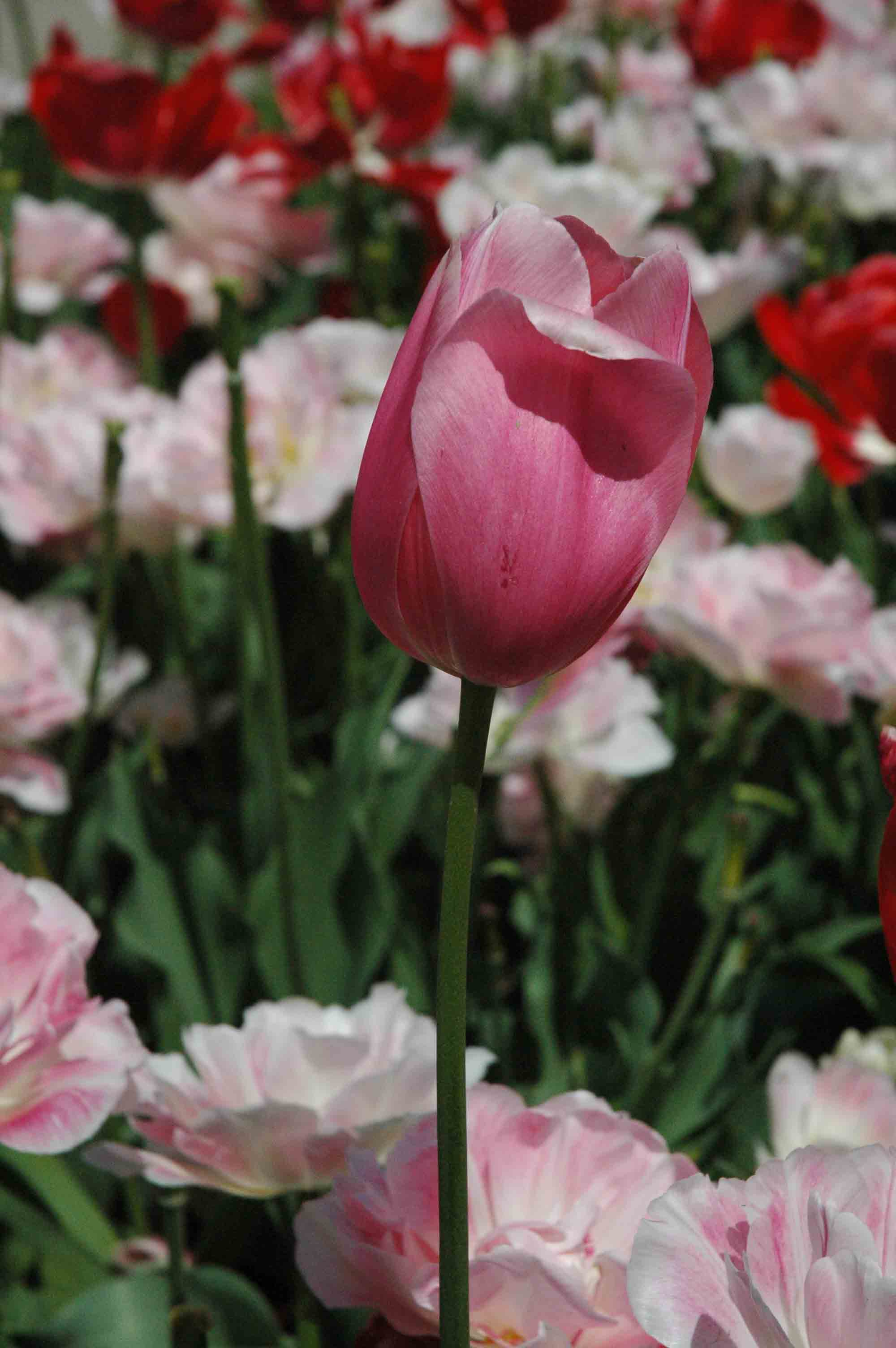
According to the American Cancer Society nearly one in eight women in the US will develop invasive breast cancer in their lifetime. To learn more, read breast cancer survivor stories, and to support breast cancer research go to www.komen.org
